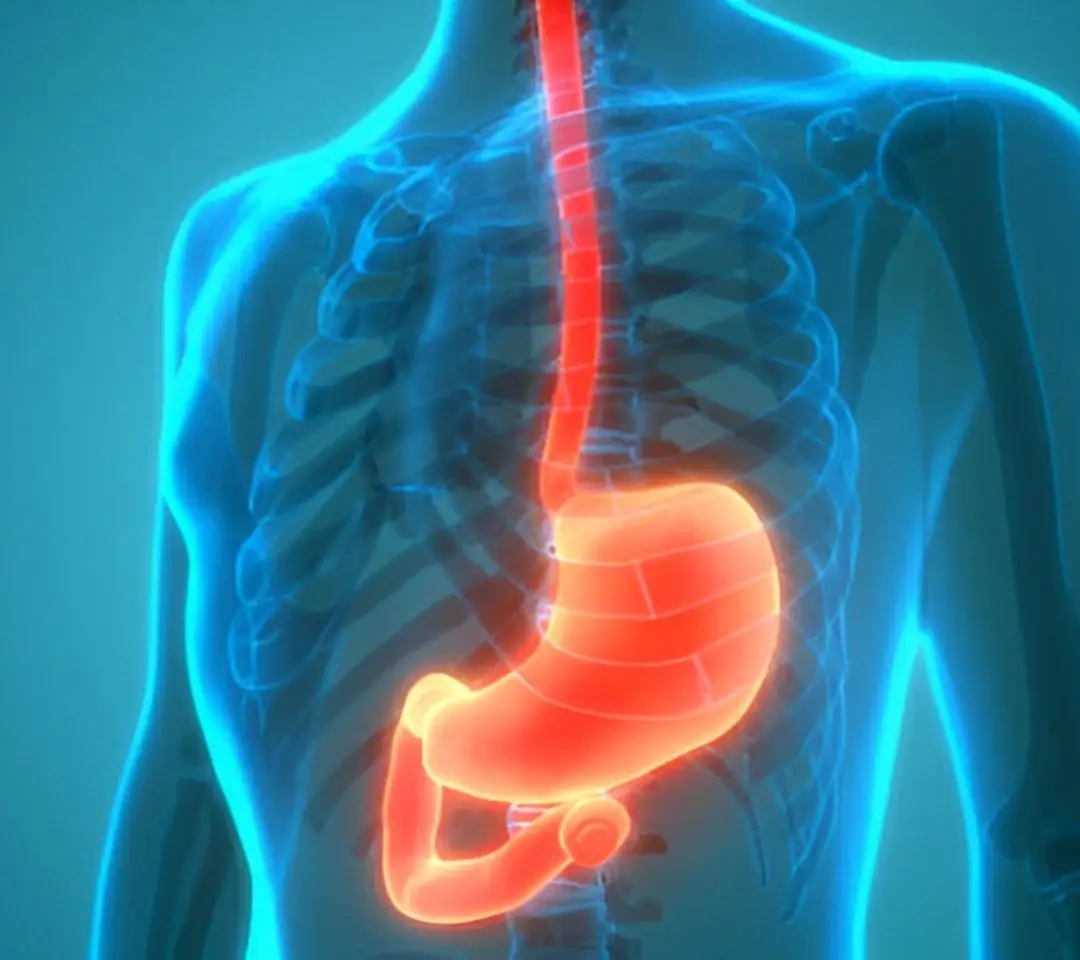Frequently Asked Questions
Barrett’s esophagus is a condition where the normal lining of the esophagus changes to tissue similar to the intestinal lining, often due to acid reflux.
It is mainly caused by chronic gastroesophageal reflux disease (GERD) where stomach acid damages the esophageal lining.
Symptoms often mirror GERD: heartburn, acid regurgitation, and difficulty swallowing; sometimes there are no symptoms.
Diagnosis is made via endoscopy with biopsy of the esophageal lining.
Barrett’s esophagus is not cancer but increases the risk of developing esophageal adenocarcinoma.
Treatment includes controlling acid reflux with medications, endoscopic therapies, and sometimes surgery.
Proton pump inhibitors (PPIs) are commonly prescribed to reduce stomach acid and prevent further damage.
Endoscopic treatments include radiofrequency ablation, endoscopic mucosal resection, and cryotherapy.
Surgery may be needed if precancerous changes or cancer develops or for severe reflux not controlled by medication.
Surveillance frequency depends on the degree of dysplasia but typically ranges from every 3 to 5 years.
Yes, avoiding smoking, alcohol, fatty foods, and eating smaller meals can reduce reflux symptoms.
There is no clear hereditary pattern, but family history of GERD and esophageal cancer can increase risk.
Severe difficulty swallowing, persistent vomiting, weight loss, or signs of bleeding should prompt urgent evaluation.
Treatment may halt progression and sometimes reverse changes, especially with early intervention.
With proper management, many patients live symptom-free; however, ongoing monitoring is essential.

